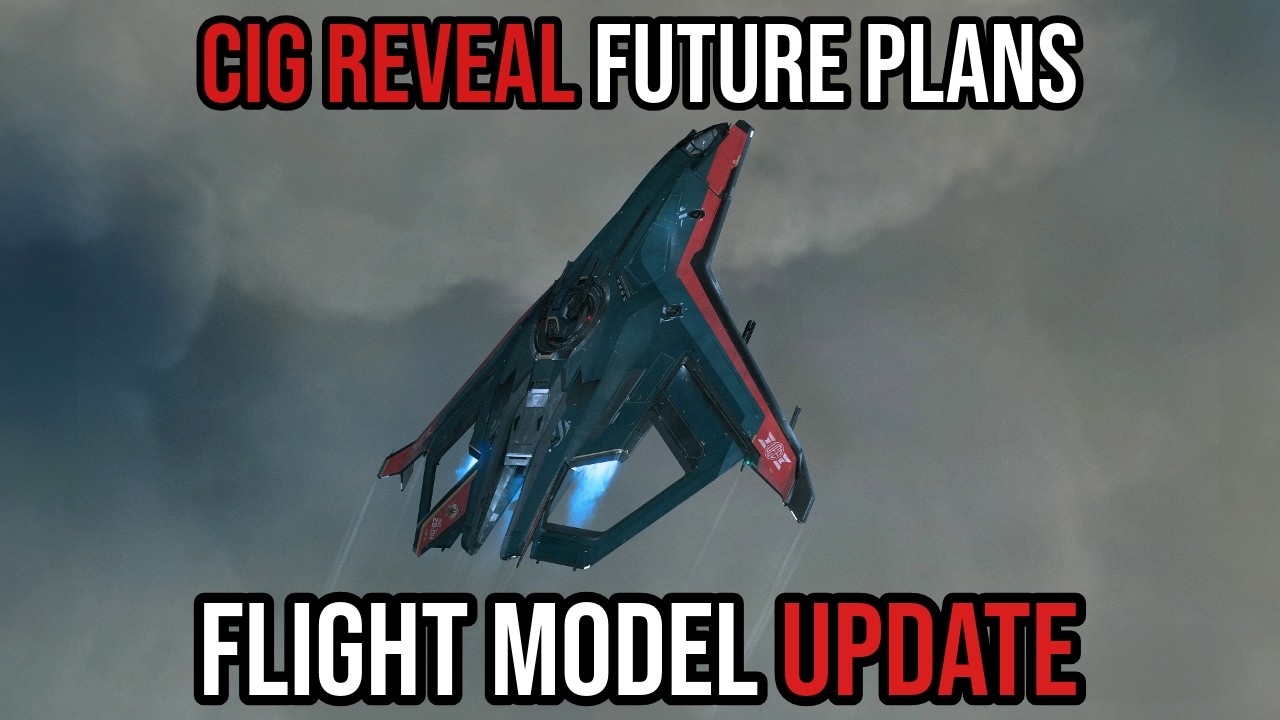Cloud Imperium Games is overhauling Star Citizen’s flight model to improve ship balance, realism, and gameplay depth, introducing features like a new quantum boost system, enhanced atmospheric flight mechanics, and more nuanced ship control options. These extensive updates, including changes to heavy fighters, armor systems, and environmental effects, aim for a more immersive and strategic experience, with a planned rollout after 2026 alongside Squadron 42.
The recent Star Citizen Q&A revealed extensive plans for an updated flight model, ship balance, and various gameplay mechanics. Cloud Imperium Games (CIG) is focusing on refining heavy fighters, aiming to make them more durable and powerful but less maneuverable, while ensuring other ship classes are tuned accordingly to maintain balance. The new flight model will help reassess how ships interact in combat, with changes to ship agility, durability, and overall tuning expected after its release. Additionally, a new armor system and engineering features are in development, promising further customization and gameplay depth.
Quantum travel is undergoing significant changes, with the current nav mode being replaced by a more fluid quantum boost system. This new system will allow players to travel medium distances quickly, bridging the gap between short-range SCM speeds and long-range quantum travel. The goal is to create a seamless traversal experience without mode switching, enhancing immersion and gameplay flow. These quantum travel updates are part of a broader flight model overhaul that separates space flight, atmospheric flight, and quantum travel into distinct but integrated components.
The updated flight model introduces several technical improvements, such as non-symmetric velocity handling to prevent unrealistic dogfighting tactics, and a “jerk” mechanic that ramps thruster power gradually instead of instant full thrust. Players will also gain more control over their ship’s IFCS (flight control system), including the ability to disable safety features for increased maneuverability at the risk of stability. Ship speed will no longer have fixed caps but will vary based on factors like engine choice and ship mass, with future systems like Melstrom allowing for realistic mass and weight adjustments affecting performance.
Atmospheric flight will see enhancements with the introduction of control surfaces enabling unassisted aerodynamic flight, allowing ships to glide even if thrusters or systems fail. Environmental effects such as turbulence near the ground and in storms will be more pronounced, adding realism and challenge to flying. Capital ships will face stricter limitations in atmosphere, with thrust-to-weight ratios and power management playing crucial roles in their ability to stay aloft, preventing unrealistic flying behavior and encouraging strategic planning when operating large vessels near planets.
Other gameplay elements discussed include improving turret viability on industrial ships, evolving missile arming mechanics, and enhancing ground vehicle physics and utility. CIG emphasized that balance is an ongoing, iterative process influenced by player feedback and evolving game mechanics, with major changes planned for the future but requiring careful implementation. While some flight model updates are already in the codebase, they remain disabled until fully integrated and balanced, with a tentative timeline pointing towards a post-2026 rollout for the persistent universe alongside Squadron 42’s development.
